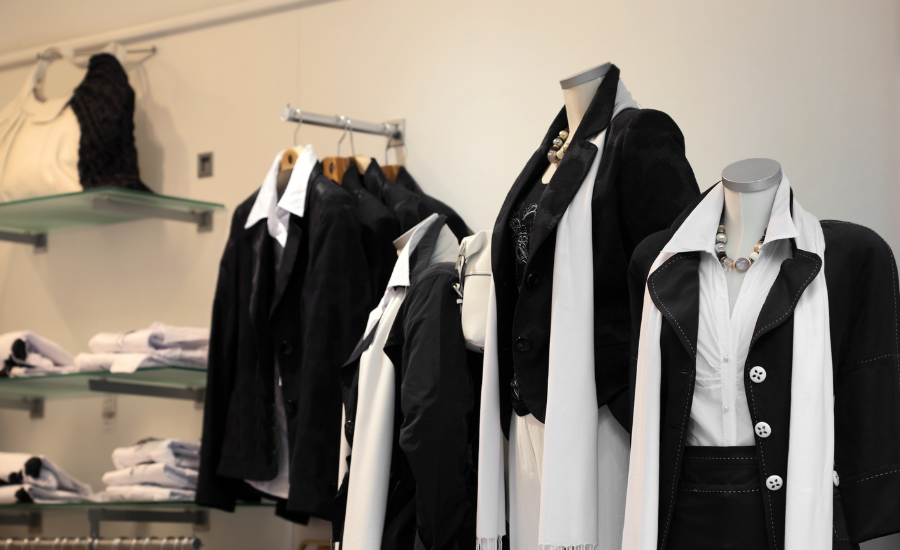The retail fashion industry has always been about more than just clothing—it’s about experience, identity, and storytelling. In an age where e-commerce dominates and shoppers have endless choices online, physical fashion stores must do more than showcase products. They need to create immersive, memorable experiences that draw customers in and encourage them to connect with the brand. At the heart of this transformation are retail displays, which are rapidly evolving to meet the demands of modern consumers. The future of retail displays in fashion stores is not just about aesthetics, but about blending technology, sustainability, and personalization.
From Static to Interactive Displays
Traditional retail displays have long relied on mannequins, posters, and racks. While effective, these static setups are no longer enough to capture attention in today’s competitive market. The future lies in interactive displays that engage shoppers on multiple levels.
Digital screens integrated into window displays can show dynamic fashion content, such as styling tips, live fashion shows, or social media feeds featuring real customers. Some stores are already experimenting with touch-enabled displays that allow shoppers to browse collections, check inventory, or even customize outfits. This level of interactivity not only attracts attention but also keeps customers engaged longer.
The Rise of Augmented and Virtual Reality
Augmented reality (AR) and virtual reality (VR) are becoming powerful tools for fashion retail. Imagine walking into a store and using an AR-enabled mirror to virtually try on different outfits without ever entering a fitting room. Or putting on a VR headset to see how an entire collection looks on a runway before deciding what to buy.
These technologies are not futuristic concepts anymore—they are actively being integrated into fashion stores to bridge the gap between digital and physical shopping. AR and VR displays enhance customer confidence, reduce returns, and create buzz-worthy experiences that keep shoppers coming back.
Personalization Through Data-Driven Displays
Modern consumers crave personalization, and retail displays of the future will reflect that. By using data-driven insights, stores can adapt displays in real time to match customer preferences. For example, smart sensors and AI-powered systems could detect shopper demographics and adjust digital displays to highlight products most relevant to them.
Membership apps and loyalty programs can also be connected to displays, offering personalized styling suggestions or exclusive promotions when a customer enters the store. This tailored approach transforms shopping from a generic experience into a curated journey.
Sustainability as a Key Design Factor
Sustainability is reshaping every aspect of the fashion industry, and retail displays are no exception. Future displays will increasingly prioritize eco-friendly materials, modular designs, and reusable structures. Instead of disposable signage and short-lived installations, stores will adopt sustainable displays that can be easily updated, reconfigured, or recycled.
For example, modular shelving units made from reclaimed wood or recycled plastics can be adapted for new collections without needing complete replacements. Digital signage reduces the need for printed posters, cutting down on waste. Beyond functionality, sustainable displays also reflect the values of eco-conscious brands, resonating strongly with today’s socially aware consumers.
Blurring the Line Between Online and Offline
One of the biggest shifts in retail is the merging of digital and physical experiences. Future retail displays will act as bridges between e-commerce and brick-and-mortar. QR codes, NFC technology, and digital tags will allow shoppers to instantly access product details, reviews, or styling suggestions directly from the display.
For example, a shopper might scan a code next to a mannequin outfit to see pricing, available sizes, and complementary items online. This seamless integration ensures customers get the convenience of online shopping with the tactile experience of being in-store.
Creating Experiential Storefronts
The future of retail displays also emphasizes experience over transaction. Fashion stores are increasingly being designed as destinations—places where customers can immerse themselves in the brand story. Displays will play a crucial role in creating these experiences, from art-inspired installations to Instagram-worthy setups that encourage social sharing.
Experiential displays are particularly appealing to younger shoppers, such as Gen Z, who value unique, shareable moments. A striking display not only drives foot traffic but also amplifies the brand’s presence across social media platforms.
Conclusion
The future of retail displays in fashion stores is dynamic, tech-driven, and deeply customer-focused. Static mannequins and posters will give way to interactive, personalized, and sustainable solutions that create immersive brand experiences. By embracing technologies like AR, VR, and smart data, fashion retailers can reimagine their stores as hubs of creativity and engagement.
In an increasingly digital world, retail displays will be the key to keeping physical fashion stores relevant—transforming them into spaces where shoppers don’t just browse clothes, but experience the brand in unforgettable ways.


